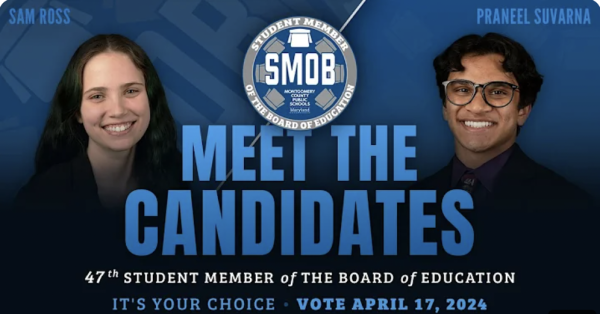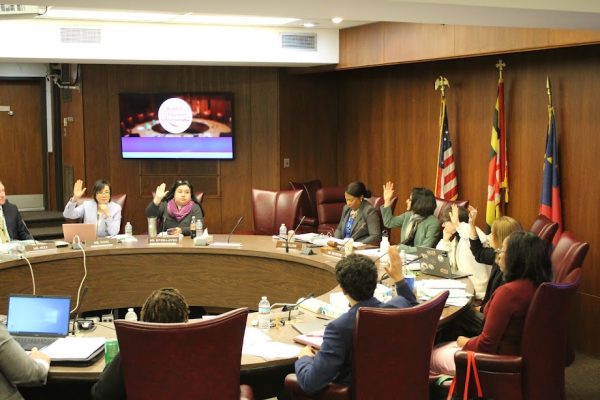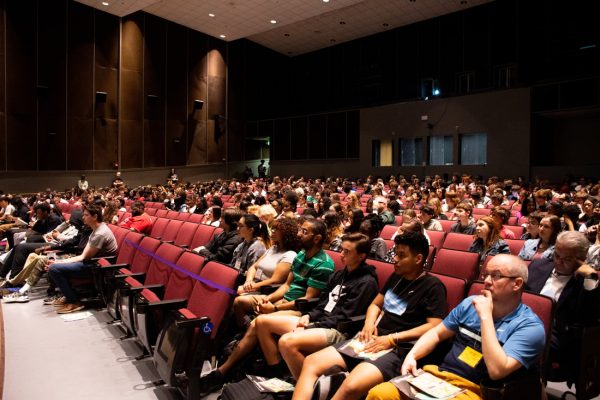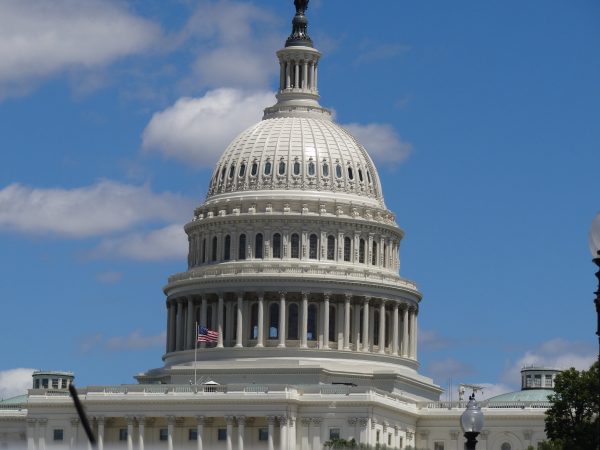Supreme Court Upholds Michigan Ban on Affirmative Action
The Supreme Court upheld Michigan’s ban on the use of race as a criteria for college admissions on April 22. In a 6-2 decision the court ruled that a lower court could not overturn the ban which was approved in Michigan in 2006 after a referendum in which 58 percent of voters supported the measure.
According to CNN, the referendum measure prohibits publicly funded colleges from granting “preferential treatment to any individual or group on the basis of race, sex, color, ethnicity or national origin.”
Supreme Court Justice Sonia Sotomayor voted against the decision as did Justice Ruth Bader Ginsberg; Justice Elena Kagan abstained from participating. Sotomayor spoke out fiercely against the ban insisting that the Supreme Court had to do more than “wish away” racial inequality.
“This refusal to accept the stark reality that race matters is regrettable. The way to stop discrimination on the basis of race is to speak openly and candidly on the subject of race, and to apply the Constitution with eyes open to the unfortunate effects of centuries of racial discrimination,” she said.
Other Justices viewed the case differently, not as a question of the validity of affirmative action measures but as a question of the lower court’s authority.
“This case is not about how the debate about racial preferences should be resolved. It is about who may resolve it,” Justice Anthony Kennedy wrote.
This ruling essentially means that while affirmative action measures are still considered constitutional, their implementation is in the hands of the states. State universities can choose to use affirmative action admissions programs, but state voters can choose to discontinue these programs, as they did in Michigan and in a 1996 referendum in California.
Some experts say that a more economic approach to affirmative action would be a better way to help keep universities diverse, though others disagree, citing the struggles the University of California at Berkeley and the University of California at Los Angeles have been experiencing recruiting minority students after their implementation of race blind admissions in 1996. Though the universities heavily recruit low income students in the hope of bolstering their minority populations, they’ve had little success.
According to the Washington Post, in 1995, before the referendum banning affirmative action, minorities accounted for 38 percent of California high school graduates, and 21 percent of freshmen in the University of California system. But by 2004, 45 percent of high school graduates were minority students while just 18 percent of freshmen in the UC system were minorities.
The University of Michigan, however, claims that their minority enrollment has not declined since the measure first passed in 1996.
According to CNN, six other states now have laws similar to those of Michigan and California and others may follow suit.
Your donation will support the student journalists of Walter Johnson High School. Your contribution will allow us to purchase equipment and cover our annual website hosting costs.

This is senior Elizabeth Winter’s first year on The Pitch staff. She is looking forward to the upcoming year working as an Online News Editor. In addition...










